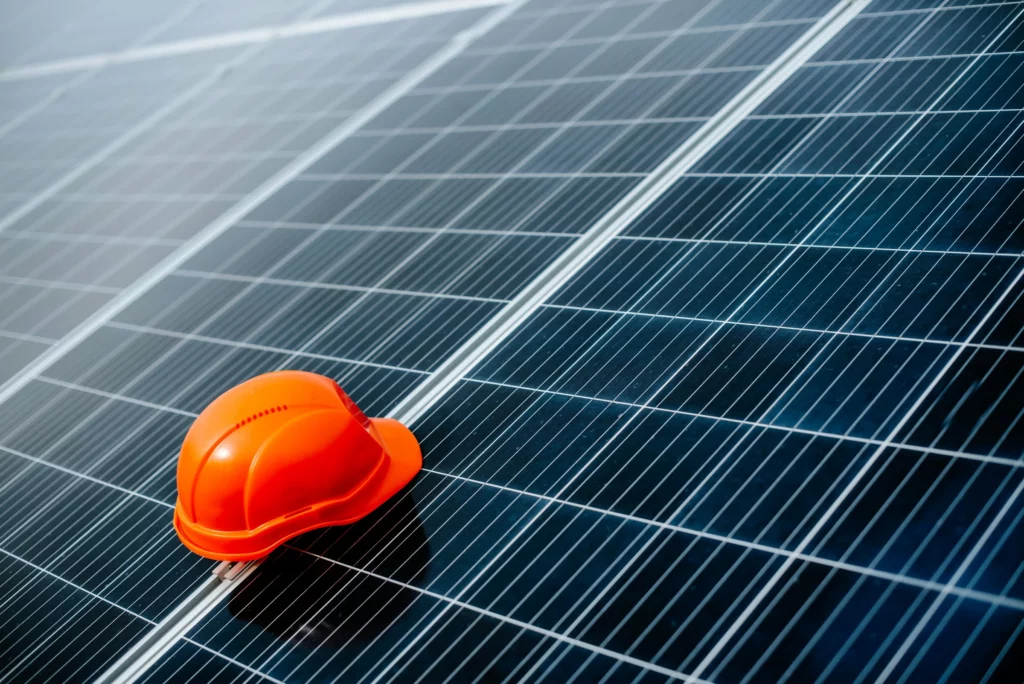
Using solar power: How photovoltaic systems generate clean energy
A photovoltaic system uses solar cells made of semiconductor materials to convert incident sunlight into electrical energy. This happens through the photoelectric effect, in which photons of light excite and release electrons in the solar cells, generating an electric current. This direct current is converted by an inverter into standard household alternating current, which is then either used locally or fed into the public power grid. This mode of operation enables the continuous generation of clean and renewable energy from sunlight.
From fossil fuels to renewable energies: an urgent step for climate and health
The use of fossil fuels such as coal, oil, and gas leads to the release of greenhouse gases, air pollution and environmental damage through their combustion. This contributes significantly to climate change and health problems. An urgent switch to renewable energy sources is needed to mitigate these negative impacts and ensure a more sustainable energy supply.

Components of a photovoltaic system
PV modules
A photovoltaic module is a unit consisting of interconnected solar cells that converts sunlight into electrical energy. These modules are usually arranged in rectangular panels and are installed on roofs, open spaces, or other suitable locations to generate renewable energy.
Inverter
The inverter is of fundamental importance within a photovoltaic system as it converts the direct current generated by the solar modules into alternating current suitable for the electricity grid. This converted energy can either be used directly in the household or fed into the public grid. The inverter is largely responsible for adapting the solar energy generated so that it can be used for daily energy requirements or fed into the grid.
Substructure
The substructure of a photovoltaic system forms the stable framework that supports and positions the solar modules. Typically made of aluminium or steel, it is installed on roofs, open spaces, or other suitable locations. Its main function is to securely support the solar modules and allow them to be optimally aligned with the sun to maximize energy production.
Cables
The DC cables in a photovoltaic system transmit the direct current generated from the solar modules to the inverter, where it is converted into alternating current. The AC cables then transport the converted alternating current from the inverter either to the local point of consumption or for feeding into the power grid. These cables play a crucial role in the transmission and distribution of the energy generated.
Transformer
The transformer in a photovoltaic system is an electrical device that adjusts the voltage of the alternating current generated. It transforms the voltage level of the electricity generated by the inverters to the level required for local consumption or feeding into the power grid. This voltage adjustment is essential to ensure efficient and safe transmission and use of the generated electricity.
Transfer station
The transfer station of a photovoltaic system acts as an interface between the generated energy and the electricity grid. Its main task is to control and monitor the electricity generated and to feed it into the grid in accordance with the grid specifications. It ensures that the solar energy generated is safely integrated into the public grid or for local consumption.

